Review: Redmi Note 9 Pro
Only a few weeks ago Xiaomi presented the Redmi Note 9S. Now Xiaomi is sending the Redmi Note 9 Pro Global into the race. The main differences are the support of NFC, a 64 MP main camera and fast 30 watt fast charging.
Design, workmanship and delivery
For many users, the design of a smartphone is just as important as good hardware equipment. Xiaomi's young brand Redmi is keen to offer the user the best possible design experience. This was shown by previously released Redmi models, which were particularly colorful and effective.
Redmi is pursuing a similar strategy with the Note 9 Series. The Redmi Note 9 Pro is available in the colors “Glacier White”, “Interstellar Gray” and “Tropical Green”. Three colors that give the smartphone a very special elegance. For the test, we have the smartphone in the currently not yet available color "Aurora Blue".
The Redmi Note 9 Pro is structured as follows:
A 6,67-inch dot display awaits us on the front, which translates as “dot display”. The name comes from the placement of the front camera. The camera is punched out right into the display. This camera placement solution, also known as the “punch hole”, is considered to be particularly space-saving.
The side bezels that surround the display are pleasantly narrow at 3 mm (left, right and above) and 5 mm (below). In the upper section is the elongated and barely visible auricle. A tiny notification LED (white) was integrated directly into the auricle. The display glass has a subtle curvature (2.5D Curved) at the edges.
The display is followed by the transition to the matt plastic frame. The color of the frame is matched to the back and does not immediately indicate that it is "only" made of plastic. There are numerous features around the frame.
The physical control buttons are located on the right side of the frame and include a volume rocker and a power button. Both buttons can be easily reached with one hand. A first special feature is the fingerprint scanner, which is integrated into the power button. Opposite is the SIM slot, which holds two nano SIM cards and an additional microSD memory card.
The Redmi Note 9 Pro has an IR blaster on top. This enables the control of televisions. To the right of it is one of the two microphones. At the bottom of the frame we would have the USB-C socket in the middle. Friends of wired headphones can look forward to a 3.5 mm jack socket. The second microphone is located to the right of the USB-C socket. Again next to it we would have the media loudspeaker.
We come to the optical highlight of the Redmi Note 9 Pro. The front and back are made of particularly scratch-resistant Corning Gorilla Glass 5. The glossy back rises lively from the matt housing frame. The smartphone appears elegant and dispenses with intrusive color gimmicks. However, the very glossy back also has a disadvantage. Dirt and fingerprints are visible from the very first touch.
The 165.75 x 76.68 x 8.8 mm smartphone feels good in the hand. Although the smartphone is mostly made of glass, it feels grippy. In addition, there is the comparatively high weight of 209g, which gives it a pleasantly high-quality feeling. The so-called P2i nano-coating on the back is water-repellent and can also be used in the rain.
The processing quality is excellent. The scope of delivery includes the Redmi Note 9 Pro, a USB-C cable, a SIM needle, a protective cover and a 33W fast charger. Unfortunately, we cannot provide any further information on this because we received our test device without any additional scope of delivery.
Display
The Redmi Note 9 Pro has a 6,67 inch display with a resolution of 2400 x 1080 pixels. At 395 DPI, the display is razor-sharp. The display type is IPS. This LCD technology is known for high color accuracy, wide viewing angles and good contrast.
In the so-called cinema format (aspect ratio of 21: 9), the smartphone is a bit longer and narrower than other models. So if you like to watch movies on your smartphone, you can enjoy them in full.
Xiaomi states that the maximum display brightness is 450 cd / m². Further features of the IPS panel are a contrast ratio of 1500: 1 and an NTSC color space coverage of 84 percent.
display measurement
The measurements were initially made on the factory settings. The color mode is set to "Automatic" and the color temperature to "Standard". The following measurement results show that the white point deviates from D65 and has a slight blue cast. But there is no need to worry, because many manufacturers want a white point beyond the D65. A slightly higher proportion of blue ensures brilliant white and a brighter display.
- Display grayscale (car) - Calman Ultimate by portrait.com
- Display sRGB color accuracy (Auto) - Calman Ultimate by portrait.com
- Display DCI-P3 color accuracy (Auto) - Calman Ultimate by portrait.com
In this mode, we were able to determine a maximum luminance of 420 cd / m². The black value is 0.38 cd / m². This results in an average contrast ratio of 1100: 1. Color measurements against sRGB and DCI-P3 show an average Delta E of 4,99 and 4,74, respectively. Delta E describes the color deviation of two colors. An average Delta E between 4 and 5 is an acceptable value in the factory settings. Many smartphones come “out-of-the-box” with slightly oversaturated colors.
It gets interesting as soon as we select "Warm" as the Redmi Note 9's color temperature. Colors appear much warmer and we are approaching D65. The luminance is reduced to 400 cd / m² in this mode. Measurements against sRGB and DCI-P3 result in a Delta E of 3,59 and 2,93, respectively. These are excellent values for a mid-range smartphone!
- Display Saturation - Calman Ultimate by portrait.com
- Display sRGB color accuracy - Calman Ultimate by portrait.com
- Display DCI-P3 color accuracy - Calman Ultimate by portrait.com
The illumination of the panel is even. There are smaller (measurable) deviations towards the edges, but these do not exceed the scope of the usual.
Display in everyday life
The display of the Redmi Note 9 Pro was not only convincing in our measurements, but also in everyday life. The maximum display brightness does not reach the flagship level, but is sufficient to be able to read the display even in the sunshine. The viewing angle stability is good. Particularly flat viewing angles do not lead to any visible changes in color, brightness or contrast.
The only thing that bothered us is the slight shadow that the camera cutout casts. Depending on how you look at the display, it comes into its own more or less strongly.
Display settings and functions
The display can be adjusted in many ways. An automatic brightness mode adjusts the display brightness to the ambient light. The ambient light sensor works quickly and precisely. 3 color profiles, 3 temperature profiles and a color wheel are available for color matching.
A battery-saving dark mode is integrated into the system and can be activated via the display settings. Also on board is a reading or night mode that filters blue light. The display has even been tested by TÜV Rheinland and has a corresponding Eyesafe seal of approval.
A rather unusual feature for a mid-range smartphone is the support for HDR10 content. YouTube or Netflix can be enjoyed in HDR, even if the maximum display brightness is the limiting factor here.
Touchscreen
The touchscreen reacts quickly and recognizes inputs precisely. The Gorilla Glass 5 is also provided with a coating that ensures better sliding properties and reduces fingerprints.
Performance
Qualcomm Snapdragon 720G
One of the most up-to-date mid-range mobile processors is working under the hood. The Qualcomm Snapdragon 720G is an 8 nm chip with two fast Cortex-A76 cores (2,3 GHz) and four economical Cortex-A55 cores (1,8 GHz). The "G" in the name stands for "Gaming Performance". In combination with the Adreno 618 GPU, even current mobile games can be played without stuttering.
The Redmi Note 9 Pro is available with a 6GB LPDDR4X memory and a 64GB or 128GB UFS2.1 data memory. The data memory can be expanded by an additional 512GB with a microSD memory card.
Benchmark
With an AnTuTu score of over 278.000 points, the Redmi Note 9 Pro is one of the faster mid-range smartphones. The smartphone also achieves good results in other benchmark tests, which mainly use the chip's Adreno 618 GPU.
- AnTuTu
- Geekbench
- 3DMark
The storage speeds are also as expected. The LPDDR4X memory is pleasantly fast at 20 GB / s. The UFS2.1 data memory achieves an average read throughput of 470 MB / s and a write throughput of 200 MB / s.
Performance in everyday life
The Snapdragon 720G offers enough power to offer a fluid everyday experience. There are power reserves for upcoming Android generations, even if they are somewhat smaller compared to current high-end devices.
The smartphone met our expectations in our stress test. Apps open quickly and remain in memory for a long time thanks to the lush 6GB of RAM. The change between the apps is smooth. Overall, the user interface reacts smoothly.
Gaming
The smartphone does not have a> 90 Hz display or stereo speakers, but those who like to play mobile games will still enjoy the Redmi Note 9 Pro. As part of the Qualcomm Gaming range, the chip is optimized for gaming. Features like HDR, aptX and FastConnect WiFi improve the gaming experience.
The Adreno 618 GPU is high-performing and can even handle hardware-hungry titles. Graphically demanding games such as PUBG or Call of Duty are pleasant to play even with a high degree of texture. Thermal throttling doesn't bother the smartphone. The entire device remains pleasantly cool even under load.
user interface
We got our test device with MIUI 11 based on Android 10. Xiaomi has a user-friendly update policy. The manufacturer regularly sends in new system updates and security patches. The update to MIUI 12 has already been announced and is expected to be distributed in summer 2020.
MIUI is the in-house user interface that is used on all Xiaomi smartphones. The user interface is clearly structured and can be operated very quickly with a little getting used to. The Google Play Store and other Google apps are already preinstalled on the smartphone.
The appearance of the user interface can be customized with just a few clicks using the integrated theme manager. The security center keeps an eye on the security of the smartphone and manages, among other things, the app authorizations. In the delivery state there is bloatware on the smartphone, but it can be uninstalled in next to no time. The advertising that is displayed in some (Xiaomi) system apps is somewhat more annoying. But this can also be deactivated with a few tricks. Instructions for this can be found on the internet.
Camera
The back is decorated with a quad camera system in a rectangular layout. The sensors include a 64 MP main sensor (f / 1.89), an 8 MP wide-angle sensor (119 °, f / 2.2), a 5 MP macro sensor (f / 2.4) and a 2 MP depth sensor (f / 2.4).
The main sensor is the 1/1.72 inch Samsung S5KGW1 with 0.8 μm pixel size. It belongs to the ISOCELL Bright series and uses Tetracell technology. Two pairs of pixels of the same color (2x2 pixels) are combined into one pixel using pixel binning. This reduces the photo resolution to 16 MP. Theoretical advantages include higher light sensitivity with accompanying noise reduction, an extended dynamic range and increased image sharpness.
Practical test of the main camera
16 MP pictures
In normal photo mode, the smartphone takes pictures with 16 MP resolution. The pixel binning mentioned above is used here. Photos taken in good lighting conditions are pleasantly sharp, strong in the details and of course in the colors. The dynamic range is surprisingly large, so that light and dark parts of the picture show details as it were. Even the Auto HDR mode hardly ever has to intervene.
You can find these and other test recordings in full resolution under this Link.
64 MP pictures
The MIUI camera app has its own 64 MP mode for taking photos with a full 64 MP. The photos recorded in this mode hardly differ from the 16 MP recordings. Convince yourself:
- 64MP cropped
- 16MP cropped
Zoom
Instead of an optical zoom, there is only a purely digital zoom due to the lack of a telephoto camera. The enlargement is almost infinitely variable from 2x to 10x. With increasing magnification, the recording quality also decreases rapidly.
- Without zoom
- 2x zoom
- 5x zoom
- 10x zoom
Macro and portrait mode
The 5 MP macro camera produces detailed, almost noise-free photos. The color coordination is a bit cooler than that of the normal photo mode. The auto focus, which is also available in macro mode, is an advantage.
Portrait shots are also impressive. In most cases, the subject is neatly separated from the background and the blurring effect is pleasantly discreet. The degree of uncertainty can be adjusted later. If the lighting conditions decrease, extraction errors can occasionally occur. Various filters (beauty and effects) can be switched on in portrait mode.
Camera AI
The AI camera is a nice gimmick to create more colorful images. Depending on the motif, different settings are active. The dynamic range increases and colors are displayed particularly richly.
Nachtaufnahmen
The Redmi Note 9 Pro delivers acceptable recordings even in poor lighting conditions. The smartphone cannot keep up with current flagship models here, but measured in terms of price, the shots are on an upper mid-range level.
- Without night mode
- With night mode
Above all, colors remain beautifully preserved. Details are also still clearly recognizable, even if particularly fine details are lost at the cost of noise reduction. A special night mode is available. In this mode, the image dynamics are increased and colors shine even more vividly.
Ultra wide angle
The 8 MP ultra wide angle camera is fine. In contrast to the main camera, the recordings show a little more image noise and a slightly reduced level of detail. The distortion correction does a good job. The blurring at the edges of the image is limited.
- Without wide angle
- With wide angle
video mode
The Redmi Note 9 Pro is able to record videos in 4K at 30 frames per second. At a reduced 1080p resolution, even smooth 60 images per second are possible. The video encoder can be selected between H.264 and H.265. Electronic image stabilization can be switched on at 4K and 1080p @ 30.
Considering that this is a mid-range smartphone, the video quality is acceptable. The colors are displayed accurately and the picture is extremely sharp. Noise does not occur. The recorded stereo sound is clear. In addition to the main camera, videos can also be recorded using the ultra-wide-angle camera and the macro camera. The maximum resolution is reduced to 1080p @ 30.
Filters can be placed directly over the mount. However, the resolution is reduced to 720p. Special recording modes, such as a 960 FPS slow motion mode or a short video mode, are available in the MIUI camera app. You can create a particularly cool effect with the kaleidoscope mode.
Practical test of the front camera
Our impression of the 16 MP front camera with f / 2.48 aperture is rather mixed. Particularly in high-contrast situations in which the dynamic range is exceeded, the details are visibly lost and colors sometimes appear washed out. The image noise increases visibly in poor lighting conditions. The front camera of the Redmi Note 9 Pro is still sufficient for one or the other selfie.
- Normal
- Porträt
Functions such as an HDR mode, the camera AI or various filters are available. The front camera records videos with maximum 1080p @ 30 resolution.
connectivity
Telephony
The Redmi Note 9 Pro is a dual SIM smartphone that can be operated with two nano SIM cards. Both SIM slots are able to establish a connection to the 4G LTE cellular network. VoLTE, i.e. voice telephony via 4G and VoWiFI (WiFi calling), voice telephony via WLAN, are supported. Here is an overview of the bands of the Redmi Note 9 Pro Global:
GSM: B2 / 3/5/8
WCDMA: B1/2/4/5/8
TDD LTE: B38/40/41(2535-2655MHz)
FDD LTE: B1/2/3/4/5/7/8/20/28
The smartphone shows itself to have a strong reception in mobile communications. The voice quality is excellent in both directions. What is said arrives at the recipient in an understandable way. The noise-reducing microphone effectively filters out disturbing noises.
Wi-Fi and Bluetooth
Dual-AC WiFi and Bluetooth 5.0 are supported for wireless connection establishment. The data throughput in the WLAN is in no way inferior to that of significantly more expensive smartphones. The Redmi Note 9 Pro impresses with its good send and receive performance.
There was a catch at the time of this test. In standby mode, the smartphone loses the connection to the router. Routers from AVM (FritzBox) are particularly affected. The problem is known and Xiaomi has already announced a bug fix.
GPS and sensors
The Redmi Note 9 Pro uses GPS, A-GPS, Galileo, GLONASS and Beidou to determine its position. The location is determined quickly and with a high degree of accuracy. During a test drive through the city and across the country, there were no abnormalities. The navigation was consistently precise, as you can expect from a good smartphone.
NFC is available. Mobile payment, e.g. with Google Pay, works. The fingerprint scanner is integrated directly into the power button on the side. The scanner is easily accessible and unlocks the smartphone quickly. The IR blaster enables the control of televisions. With the Mi Remote app, the right application is already pre-installed on the smartphone. The further sensor system includes a proximity sensor, an acceleration sensor, a brightness sensor, a gyroscope and an e-compass.
Audio
No sound miracle is to be expected from the mono speaker of the Redmi Note 9 Pro. There is no bass and the overall sound is a bit flat. The differentiation is good and the maximum volume pleasant.
A 3.5 mm audio jack has not been omitted on this smartphone. Wireless Bluetooth headphones benefit from Qualcomm's aptX codec.
Battery
A highlight of the Redmi Note 9 Pro is clearly the 5020 mAh battery. To bring him to his knees in just one day is hardly possible. We were able to measure a continuous screen-on-time of 15 hours in the benchmark.
Transferred to everyday use, the battery lasts an average of 2-3 days before the smartphone has to be connected to the power. In order to get the large battery recharged as quickly as possible, the Redmi Note 9 Pro uses 30 watt fast charging technology. A full charge takes only 75 minutes.
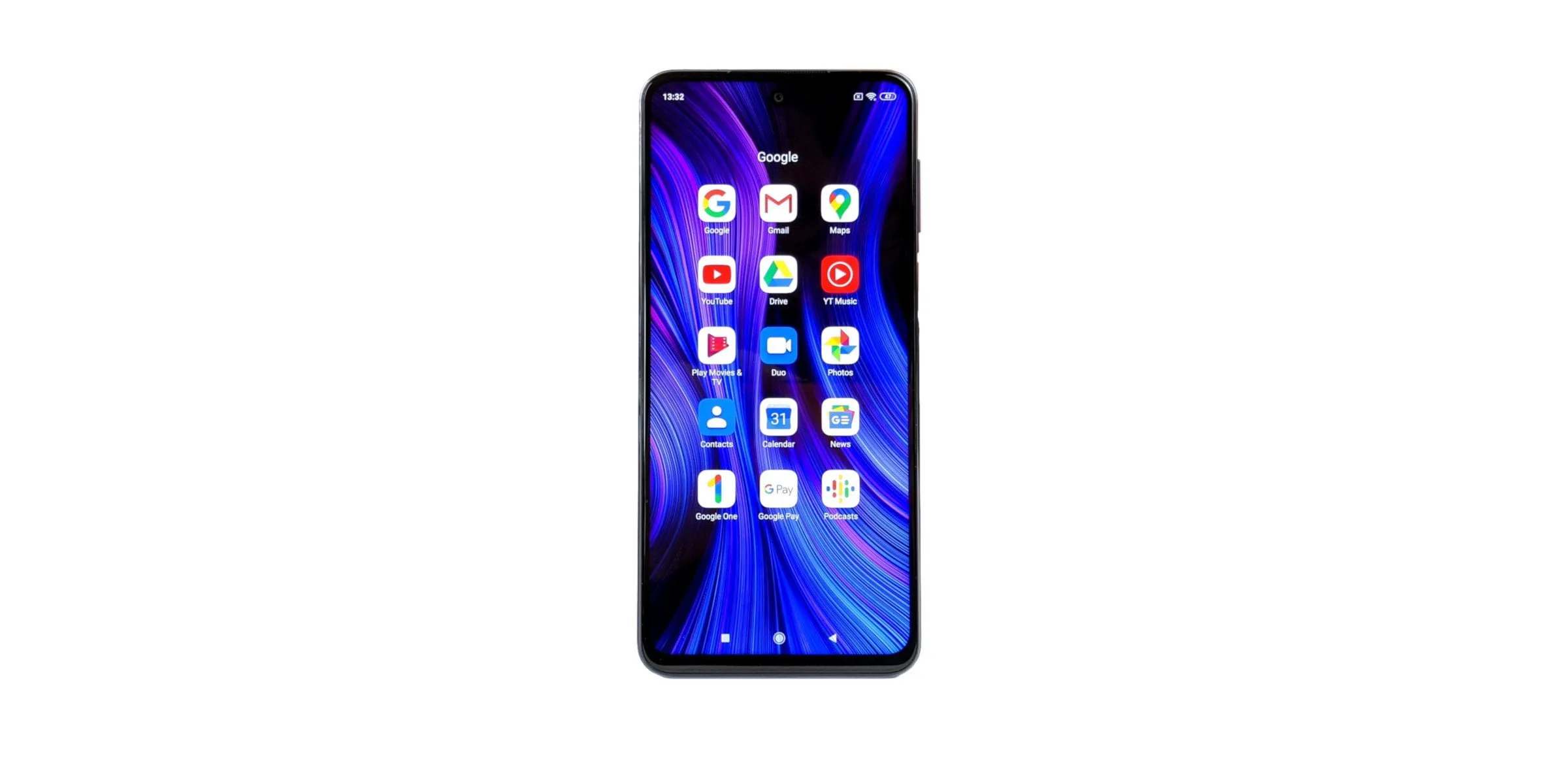
Notes redmi 9 Pro
Good workmanship
Display with precise color rendering
Good everyday and gaming performance
Quad camera recording quality
Dual SIM + memory expansion
NFC with Google Pay compatibility
Good cellular reception and good voice quality
3.5mm headphone jack
Long-lasting battery with quick charge function
Very prone to unsightly fingerprints
The punch hole of the front camera casts shadows
Tiny notification LED
Recording quality of the front camera
Currently with WLAN bug (fix announced)
The Redmi Note 9 Pro has a good chance of becoming THE mid-range smartphone in 2020. Starting on the outside, the smartphone offers a sleek design with high-quality Gorilla Glass 5 front and back. The display delivers a razor-sharp display with precise color reproduction. The touchscreen responds very precisely and quickly.
The Redmi Note 720 Pro is excellently positioned with the Snapdragon 9G processor. The chip masters even demanding tasks and enables an overall fluid user experience. At the same time, the Snapdragon 720G is particularly economical in use. In combination with the 5020 mAh battery, the smartphone only needs to be plugged in every 2-3 days.
The quad camera delivers a recording quality on a high middle class level. In good lighting conditions, a pleasant image sharpness, little image noise and brilliant colors are achieved. The Xiaomi camera app is functionally extensively equipped and offers interesting gimmicks, such as the kaleidoscope mode.
In summary: Xiaomi has put together a great overall package that convinces both technically and in terms of price.

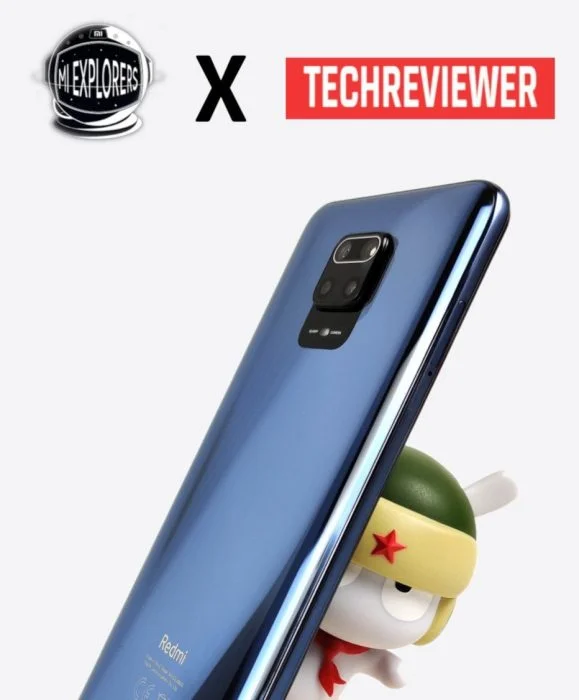
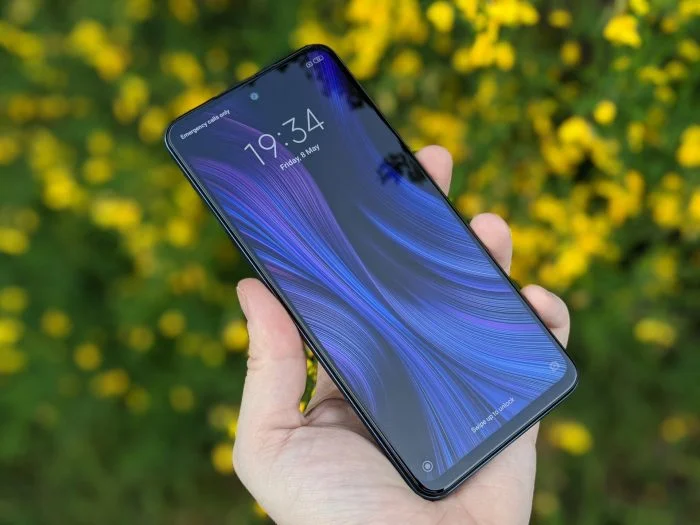
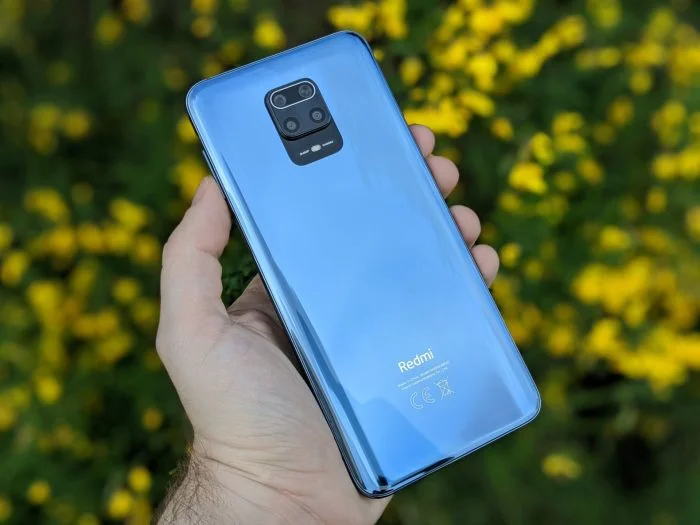
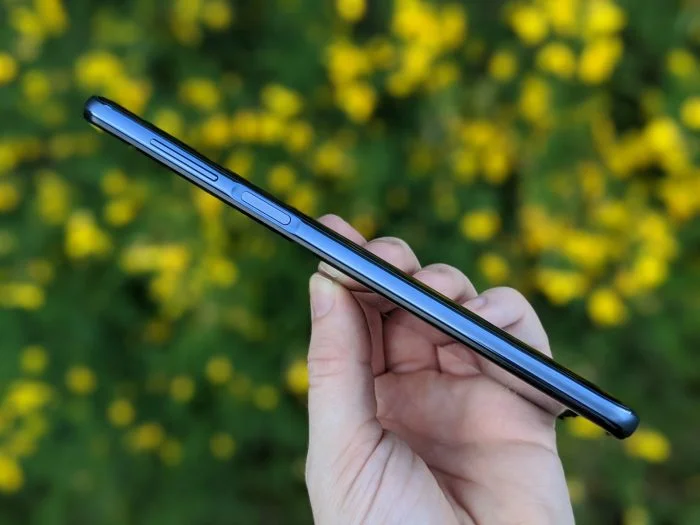
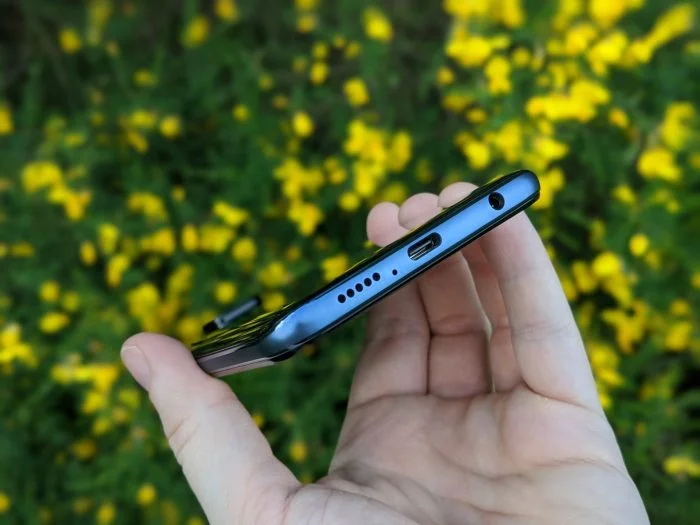
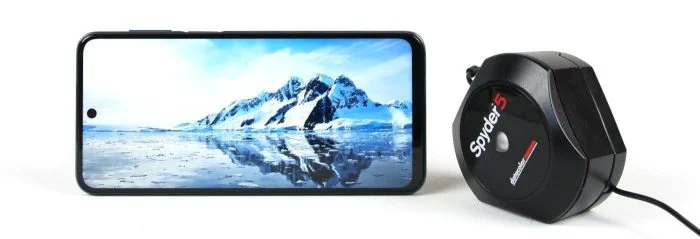
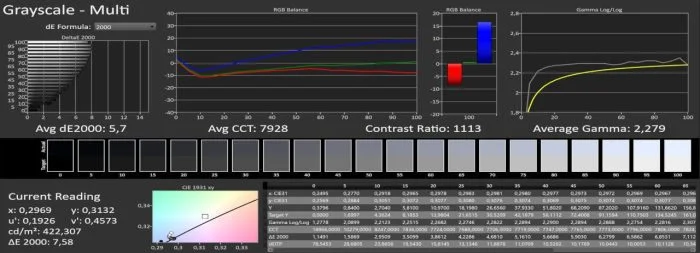
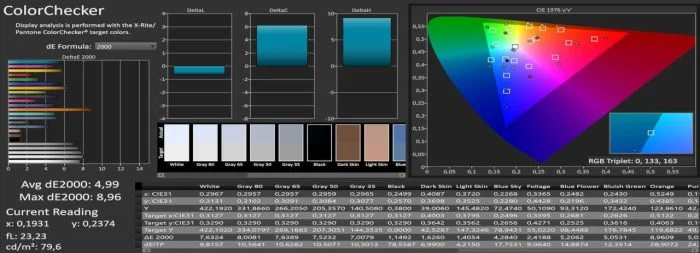
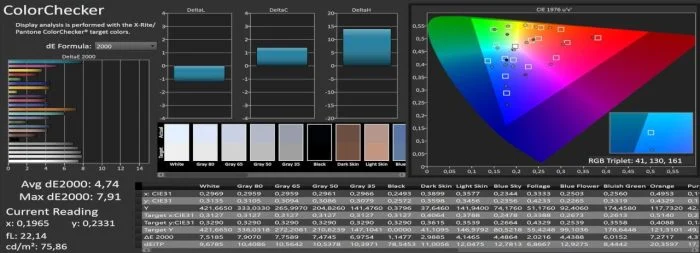
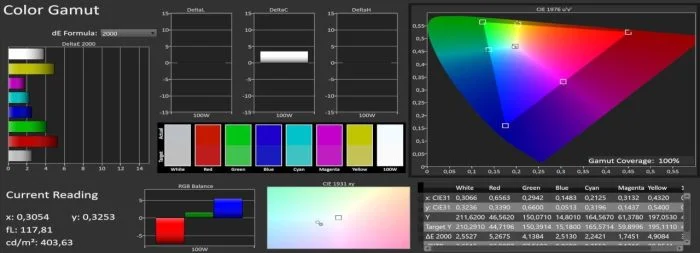
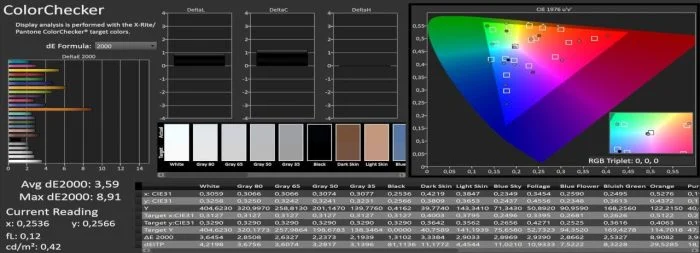
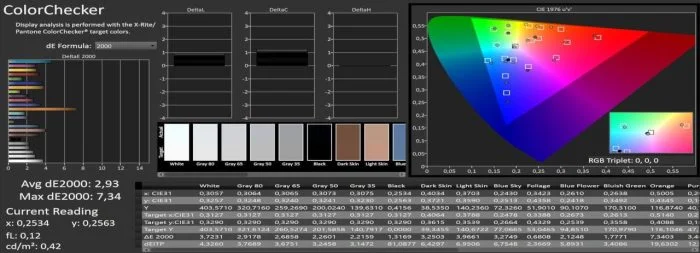
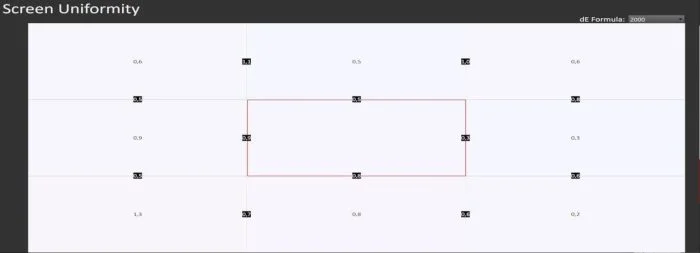
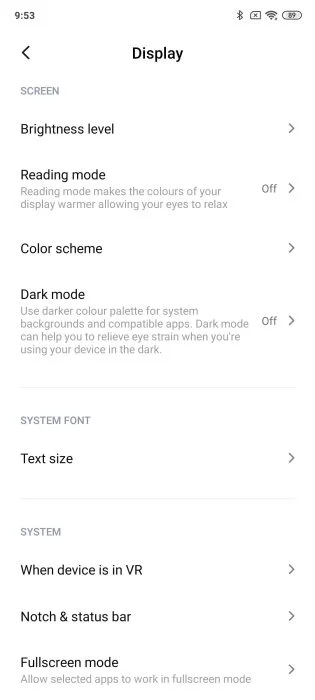
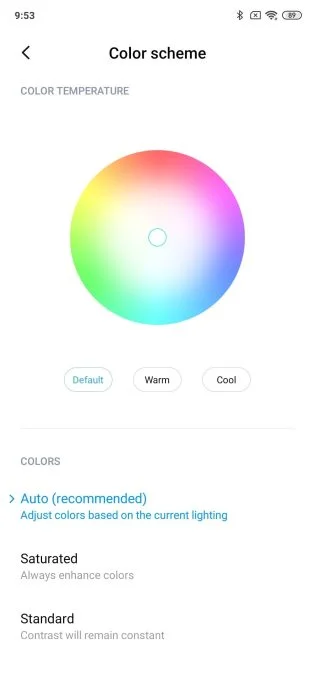
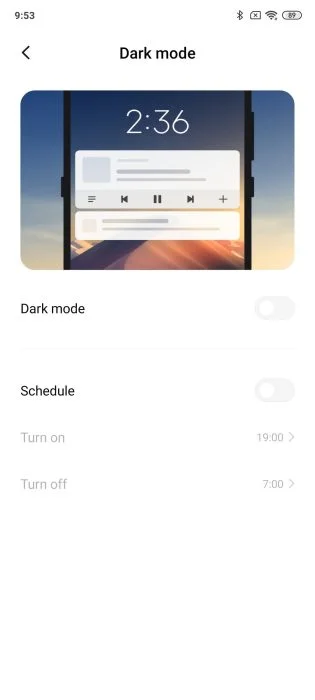
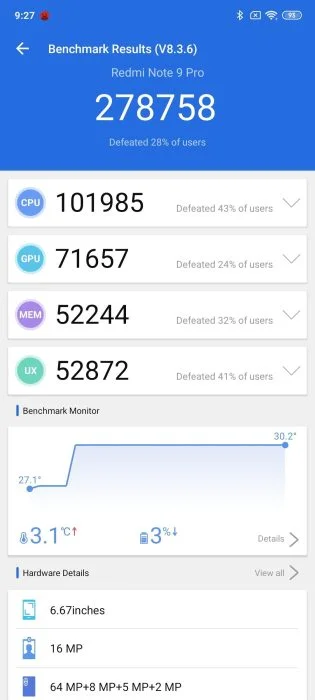
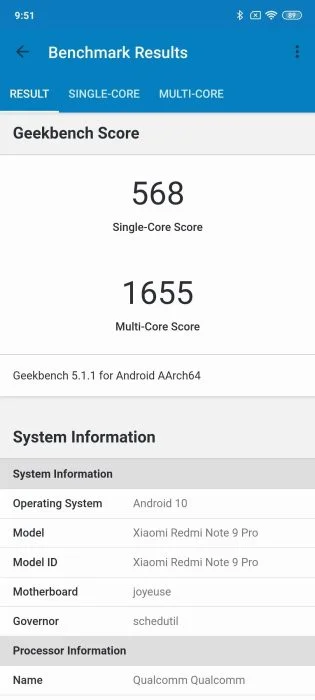
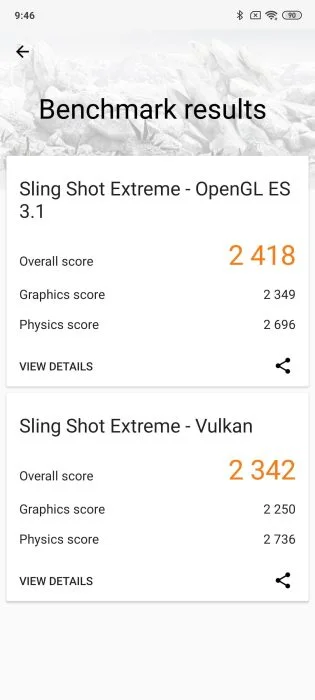
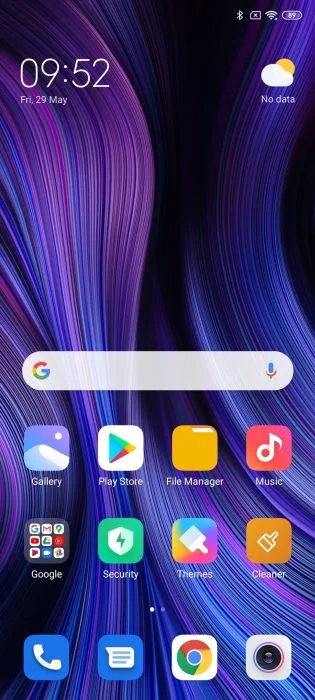
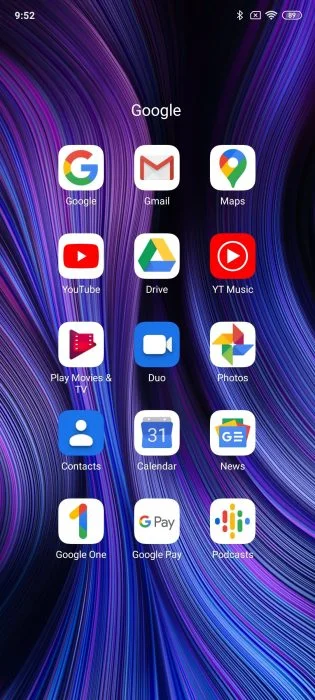
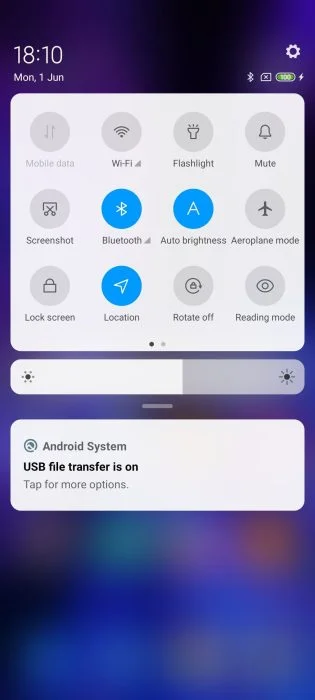
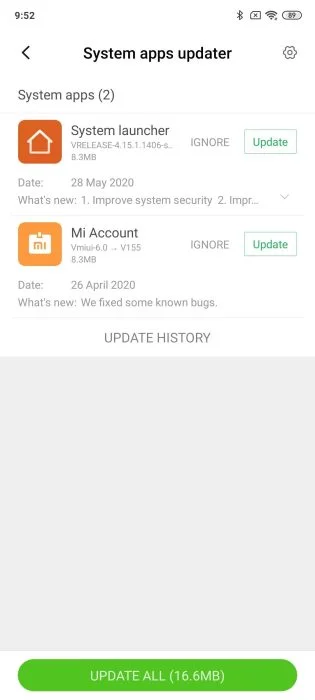
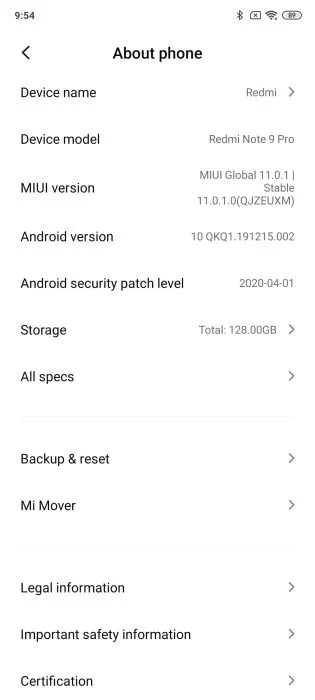
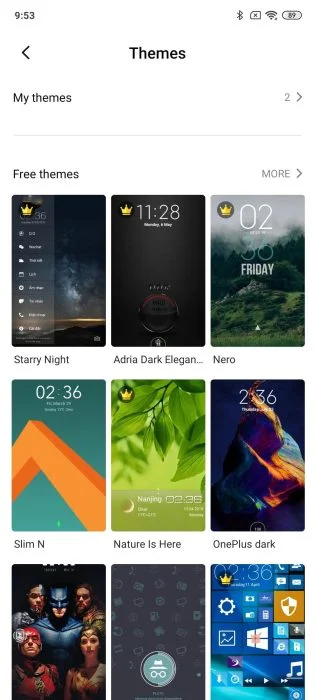
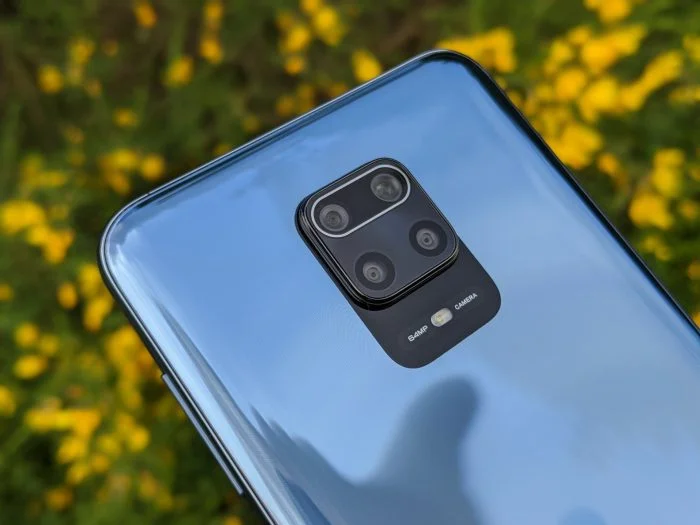
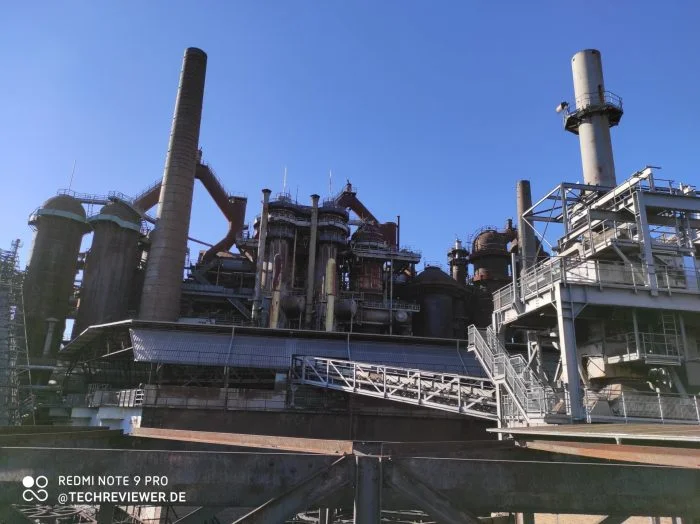

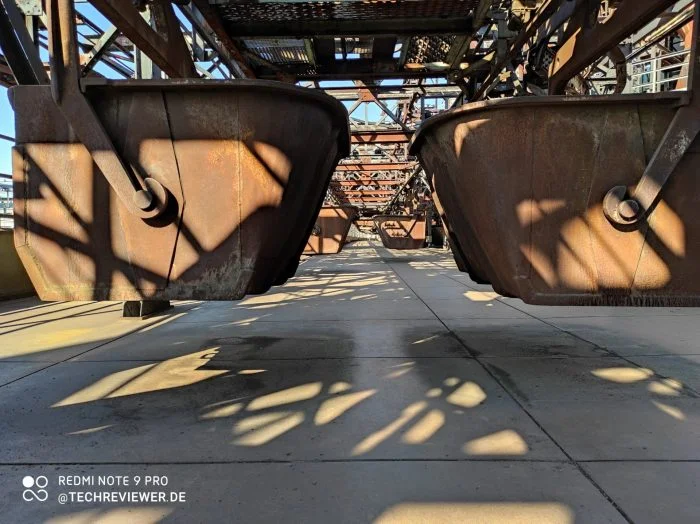
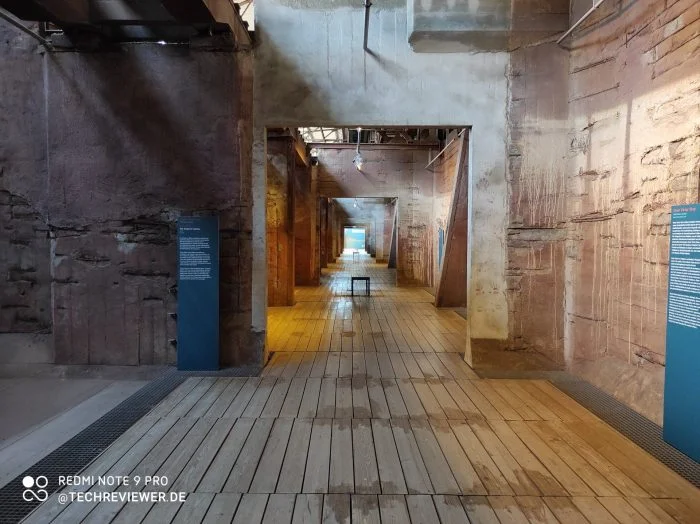
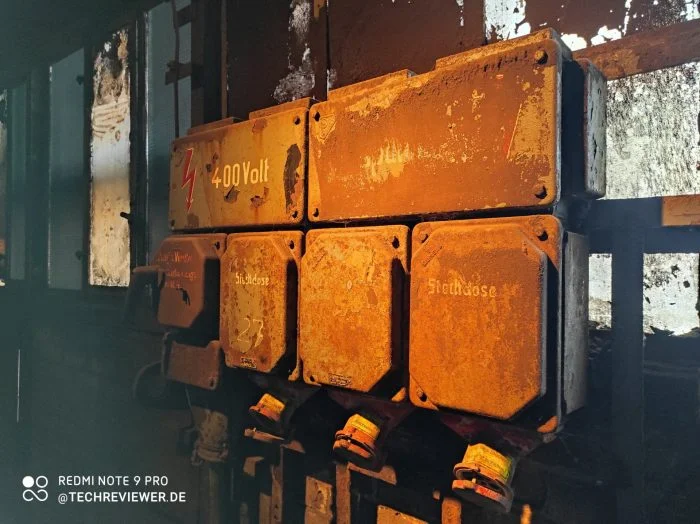




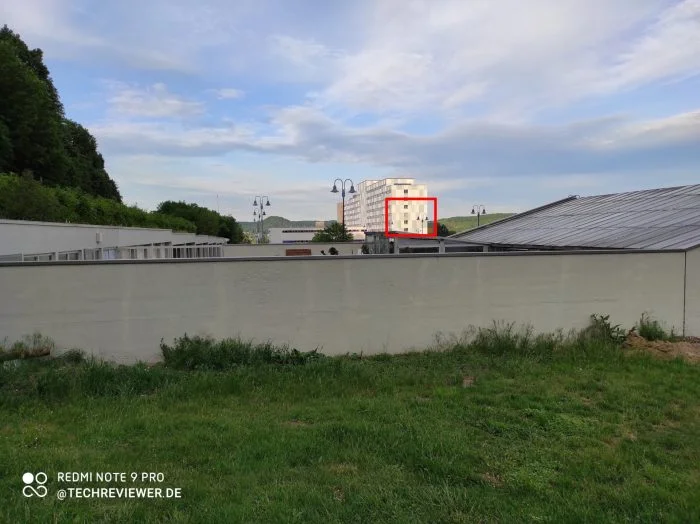


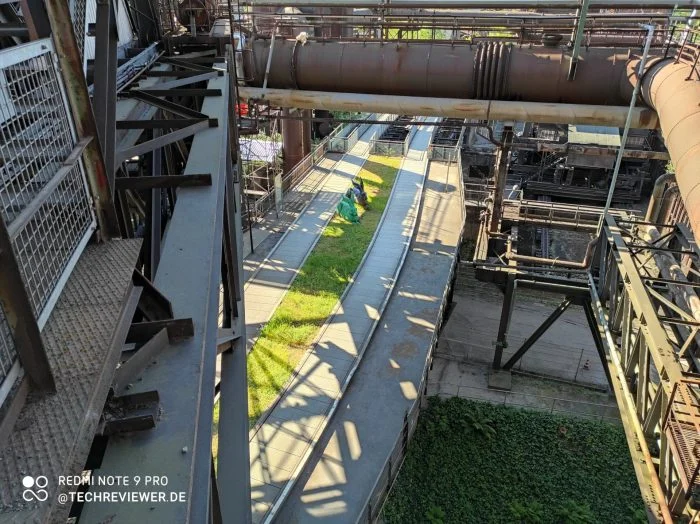
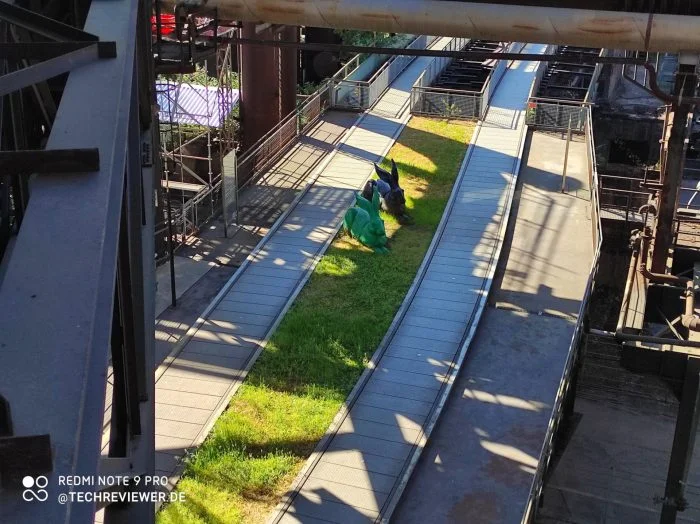
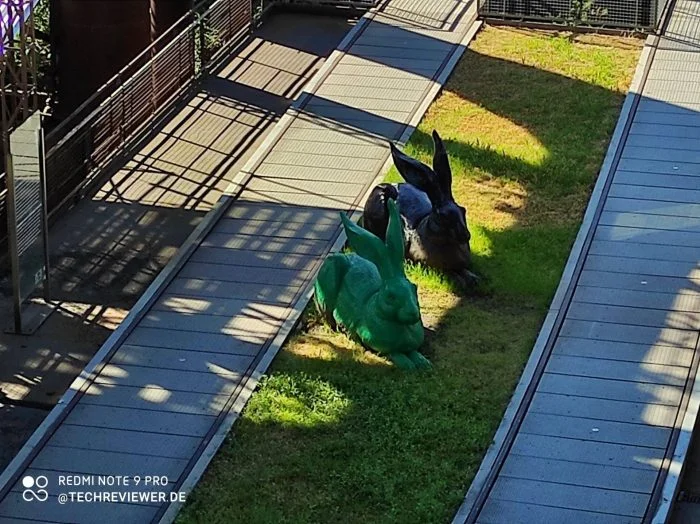




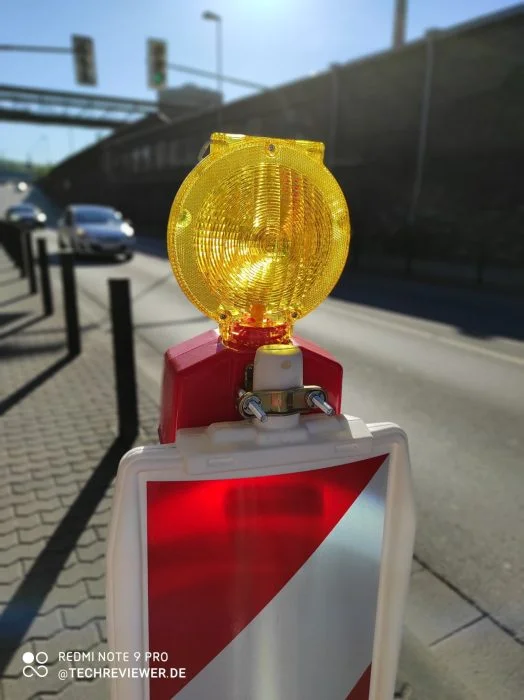
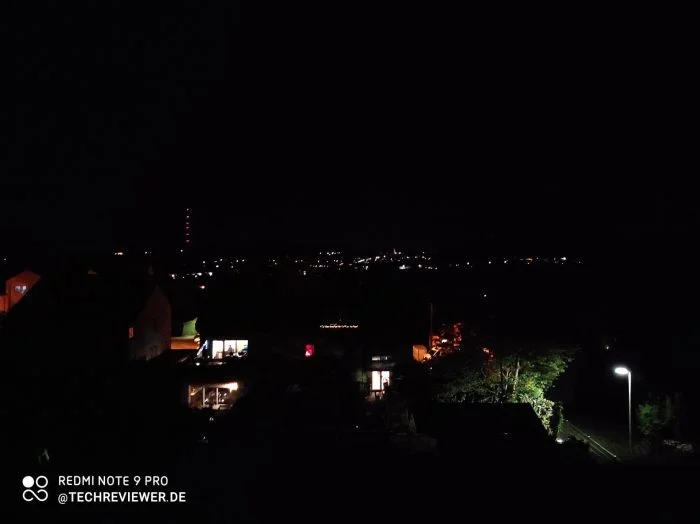
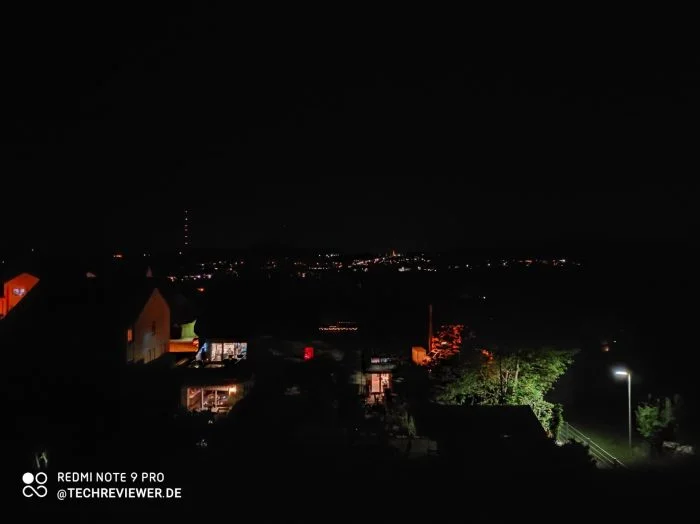
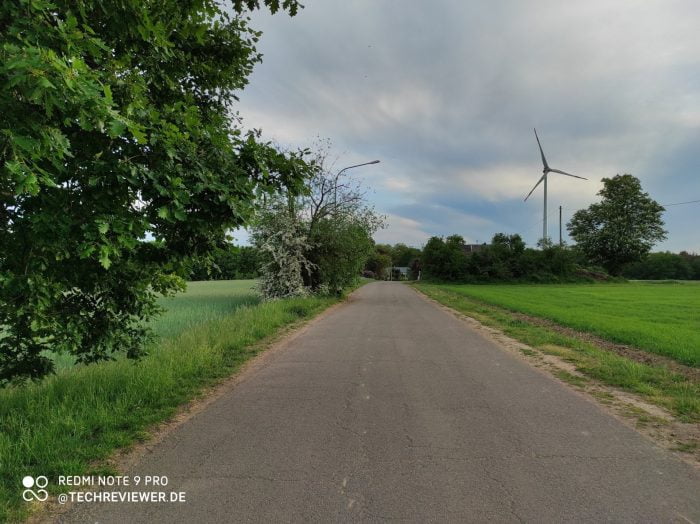
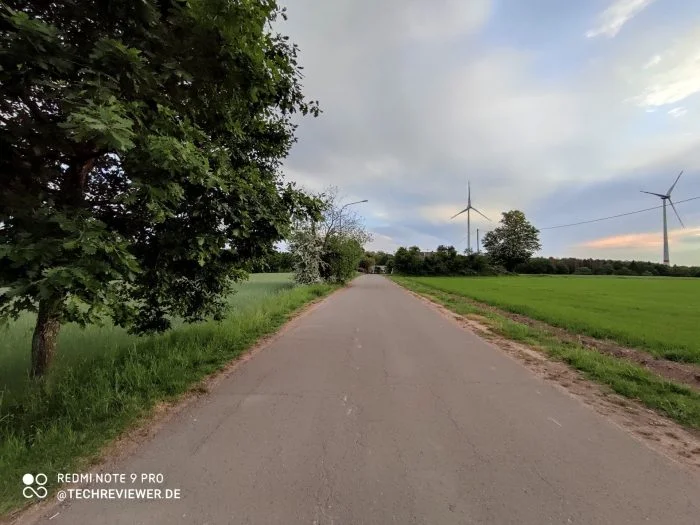


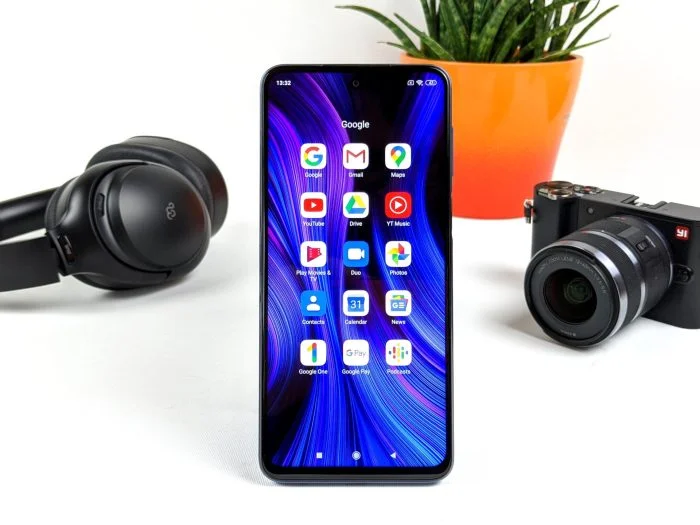



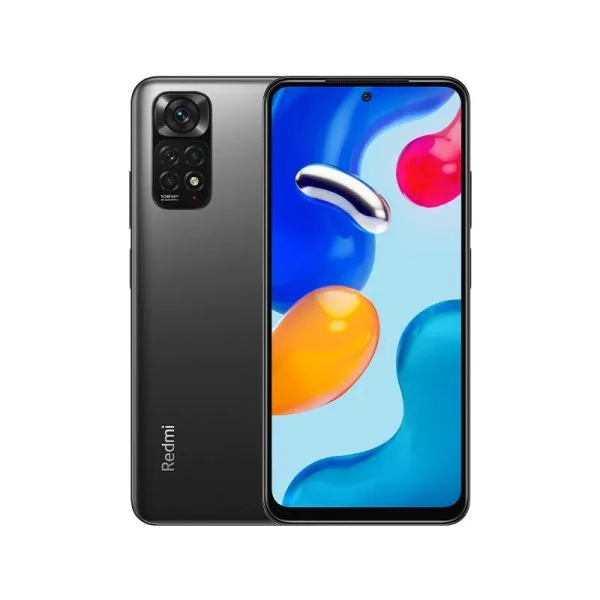
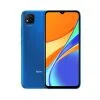
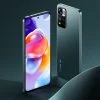
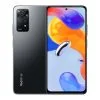
Micha
14. June 2020 22 to: 35
Unfortunately, the discount code is no longer accepted in the linked EDWAYBUY shop
Timo admin
14. June 2020 22 to: 43
Hi Micha, thanks for the hint. I've just replaced the codes. There's even a little more discount now.
Steven
16. June 2020 20 to: 19
You really helped me with the test report. 🙂 But I still have one question. In other test reports one reads more often that the back is made of plastic. You write that it is made of glass. What is the correct answer? LG
Timo admin
17. June 2020 00 to: 26
Hi Steven, the front and back are made of Gorilla Glass 5, the frame is made of plastic;).